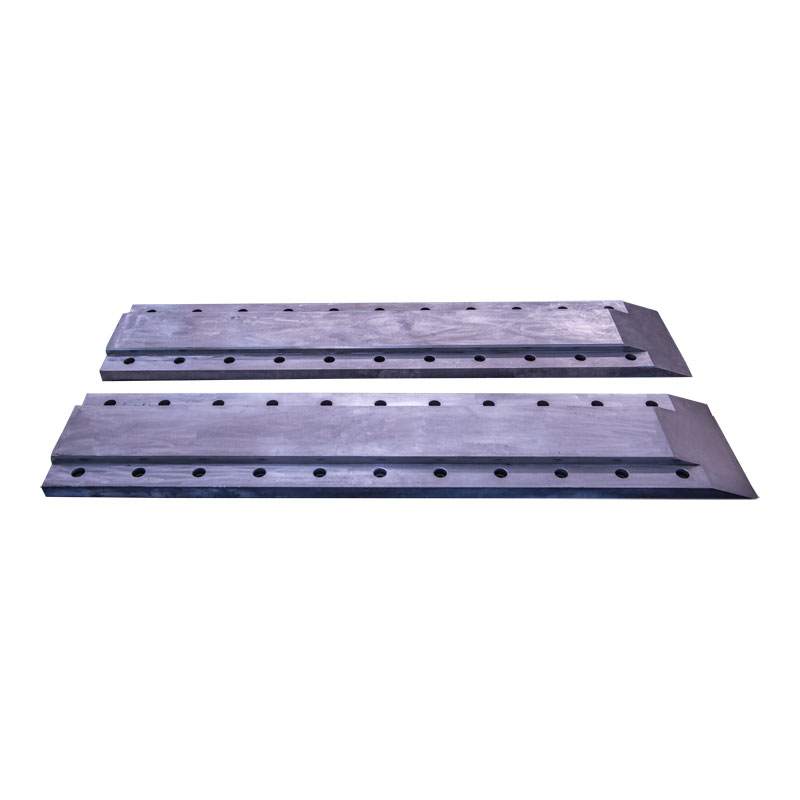The classification of different kinds of metal forging
2022-01-06
Classification by processing temperature(metal forging parts)
Forgings can be divided into cold forging, warm forging and hot forging according to the temperature of blank during processing. Cold forging is generally processed at room temperature, and hot forging is processed at a temperature higher than the recrystallization temperature of the metal blank.
Classification by structure(metal forging parts)
The difference in the complexity of forging geometric structure determines that there is an obvious difference between die forging process and die design. Clarifying the type of forging structure is a necessary prerequisite for process design. The general forgings are divided into 3 categories in the industry, and each category is subdivided into 3 groups, a total of 9 groups.
Class I(metal forging parts) - Forgings with the main axis vertically placed in the die bore and similar two-dimensional dimensions in the horizontal direction (mostly circular / rotating bodies, square or approximate shape). Upsetting step is usually used in die forging of this kind of forgings. They were subdivided into 3 groups according to the difference of forming difficulty.
Group I-1(metal forging parts): Forgings formed by upsetting and slightly pressing, such as gears with little change in height between hub and rim.
Group I-2(metal forging parts): Forgings formed by extrusion with slight upsetting and extrusion, press in and upsetting, such as universal joint fork, cross shaft, etc.
Group I-3: Forgings formed by composite extrusion, such as hub shaft, etc.

Forgings can be divided into cold forging, warm forging and hot forging according to the temperature of blank during processing. Cold forging is generally processed at room temperature, and hot forging is processed at a temperature higher than the recrystallization temperature of the metal blank.
Classification by structure(metal forging parts)
The difference in the complexity of forging geometric structure determines that there is an obvious difference between die forging process and die design. Clarifying the type of forging structure is a necessary prerequisite for process design. The general forgings are divided into 3 categories in the industry, and each category is subdivided into 3 groups, a total of 9 groups.
Class I(metal forging parts) - Forgings with the main axis vertically placed in the die bore and similar two-dimensional dimensions in the horizontal direction (mostly circular / rotating bodies, square or approximate shape). Upsetting step is usually used in die forging of this kind of forgings. They were subdivided into 3 groups according to the difference of forming difficulty.
Group I-1(metal forging parts): Forgings formed by upsetting and slightly pressing, such as gears with little change in height between hub and rim.
Group I-2(metal forging parts): Forgings formed by extrusion with slight upsetting and extrusion, press in and upsetting, such as universal joint fork, cross shaft, etc.
Group I-3: Forgings formed by composite extrusion, such as hub shaft, etc.

Previous:Happy new year
X
We use cookies to offer you a better browsing experience, analyze site traffic and personalize content. By using this site, you agree to our use of cookies.
Privacy Policy



